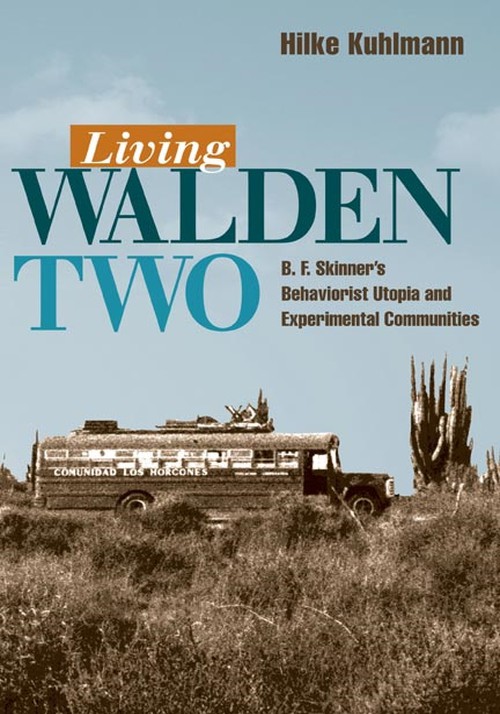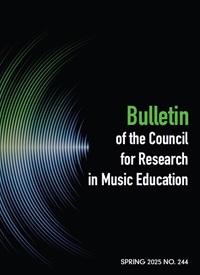
Living Walden Two
About the Book
During the 1960s and 70s, B.F. Skinner’s novel Walden Two inspired approximately three dozen actual communities. Hilke Kuhlmann combines humor and analysis to survey explores the dynamics of these experiments and offer an in-depth examination of Skinnerian communities that survived into the twenty-first century: Comunidad Los Horcones in Mexico, and Twin Oaks Community in Virginia. Drawing on extensive interviews with the founders and key players in these late-stage Walden Two communities, Kuhlmann redefines the criteria for their success by focusing on the tension between utopian blueprints for a new society and communal experiments’ actual effects on individual lives.About the Author
Hilke Kuhlmann is an assistant professor of American studies at the University of Freiburg.Reviews
Blurbs
“Based on impeccable research, Living Walden Two is the best treatment of this subject in print. Kuhlmann’s study stands to become the definitive work on the impact of Skinner’s behavioral plan for utopia on the founding and development of intentional communities.”--Donald E. Pitzer, editor of America’s Communal Utopias
“Making excellent use of both oral and documentary sources, Kuhlmann’s Living Walden Two presents a judicious evaluation of modern utopian communities in an accurate, fluent, and highly readable account of the concrete practice of B.F. Skinner’s visionary ideals.”--Timothy Miller, author of The Quest for Utopia in Twentieth-Century America
“B.F. Skinner’s Walden Two has long been controversial, read as a utopia by some and a dystopia by others. That it also, some years later, inspired many people to establish communities modeled on Skinner’s vision is largely unknown. Hilk Kuhlmann spent much time and traveled many miles to visit the remaining communities, and her study of Skinner, the book, and the communities is the first substantial study of this fascinating story.”--Lyman T. Sargent, author of Utopianism: A Very Short Introduction












